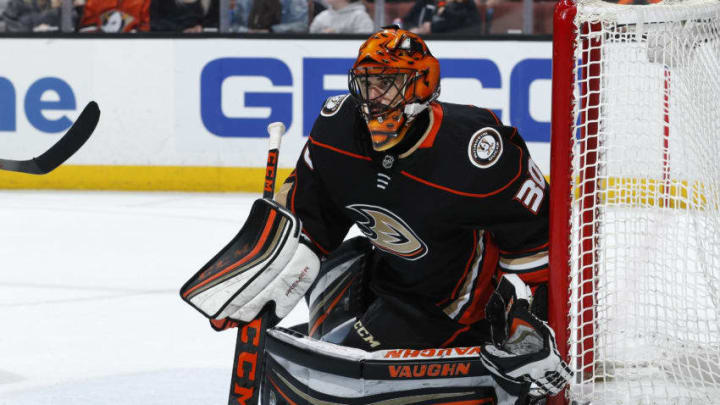
Harder than it Looks
So dropping on your knees sounds easy enough, right? Yes and no. While the movement in itself requires little to no effort when your body is used to it, there are a wide variety of variables that have to be considered before committing to dropping down to make a save attempt.
The butterfly is best utilized in these two ways: First, it’s used as a move for easy saves that a goalie has no trouble with, such as shots directly coming at you. Second, goalies use it as a transition move when reacting plays in front of the crease. The worst thing a goalie can do is overcommit and drop early before a shot.
I struggle with overcommitting often because I’m not very good with my lateral movements, so I try to get my body in front of everything on the initial attempt, instead of shifting my body and moving across the crease. Doing this can leave a netminder way out of position and leads to a lot of goals. This is where awareness and ability to multitask at lightning fast speeds really comes in handy.
Goalies don’t always face shots they can just swallow up in the chest area or catch in the glove. The butterfly is used on the fly. Sometimes, just dropping down is the only option. Sometimes a shot gets kicked out and the rebound goes right to a player, forcing the goalie to react by moving laterally.
Hockey is wildly unpredictable and truly a game of inches. I always thought that saying was dumb but it took getting lit up at pickup games to understand that if I literally was over an inch more to my right or left, I wouldn’t be fishing a puck out of my net. But I digress.
